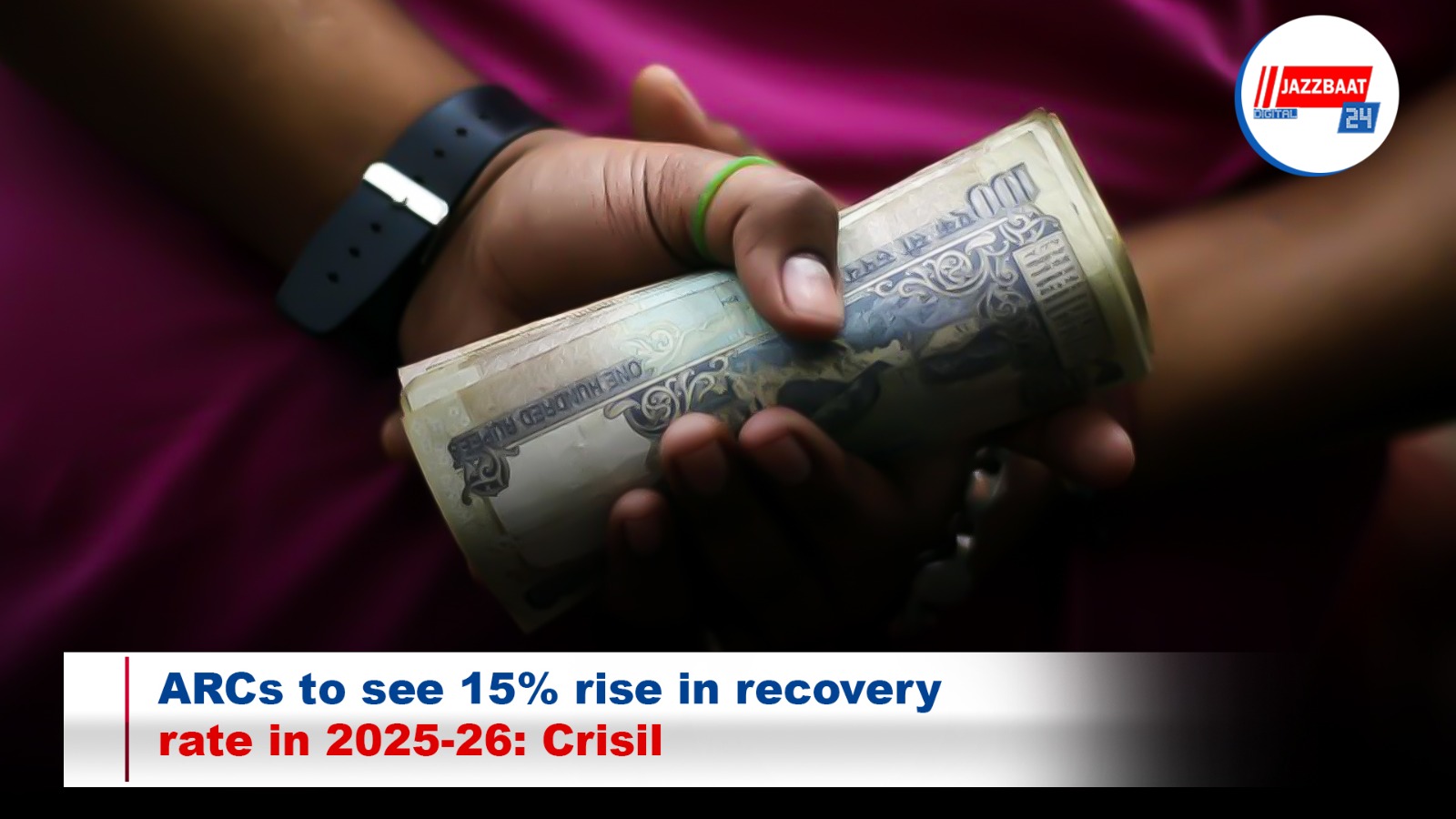
The cumulative recovery rate of security receipts for asset reconstruction companies (ARCs) is expected to rise by 15% for the second year in a row to 75-80% by next year, says a Crisil Ratings report released today. The report attributes this to three reasons – good performance of stressed assets in key infrastructure sectors (real estate, thermal power and roads), higher share of retail and low vintage assets and lower growth in new acquisitions vs incremental recoveries.
Also, the good performance of stressed assets in these infrastructure sectors and the IBC deterrent is driving debt restructuring which is emerging as the most preferred resolution strategy and a win-win for both promoters of stressed assets and ARCs, the report says.
An analysis of around Rs 38,000 crore of social security receipts (SRs) rated by Crisil Ratings shows this.
Next year, out of the expected recovery of around Rs 12,000 crore for Crisil-rated SRs, half will come from stressed assets in real estate, thermal power and roads, up from around 34% this year, due to several reasons
Mohit Makhija, Senior Director, Crisil Ratings says, “Three factors have converged in the last 2-3 years for ARC cash flows to rise. One, stressed residential real estate projects have become viable as property prices have risen and inventory has declined in top 6 cities.
"Two, thermal power plants are seeing demand growth as coal is available and discoms are paying on time.
"And three, inflation linked increases in toll and timely annuity payments by NHAI are helping recoveries for stressed road assets.”
“These favourable demand factors will continue to support recoveries for ARCs in the medium term,” he said.
Acquisition of retail loan portfolios has also been helping, with cumulative ARC recoveries for these assets expected at 60-65% next year (8% of recoveries next year) vs 55-60% this year as retail loans are churning faster with lower redemption period of 2.5-4.0 years vs 5-6 years for corporate assets, as per the report.
With gross non-performing assets of less than 3% for the industry for several years, the regulatory change allowing ARCs to acquire Special Mention Accounts (SMAs has been a bonus for ARCs.
Low vintage delinquent accounts enable ARCs to take swift action through faster resolutions without long drawn legal battles and hence revival through early recoveries.
ARCs will focus more on increasing the share of low vintage assets in new acquisitions. This is also reflected in SMAs contributing 22% of new acquisitions in H1FY22 as against 4% in H1FY21 among the SRs rated by Crisil Ratings.
Also, debt restructuring has emerged as the top resolution strategy as against asset sale in the past. Among Crisil rated SRs, 50% of the rated amount across asset sizes have seen debt restructuring as resolution strategy.
With new acquisitions (new SR issuances) moderated due to controlled gross NPA, the cumulative recovery rate will also benefit from slower growth in outstanding SRs as against incremental recoveries from stressed assets, the report says.
Healthy pace of stressed asset resolutions and aligning business strategies to drive new acquisitions will be key to long term sustainability of ARCs, the report adds.